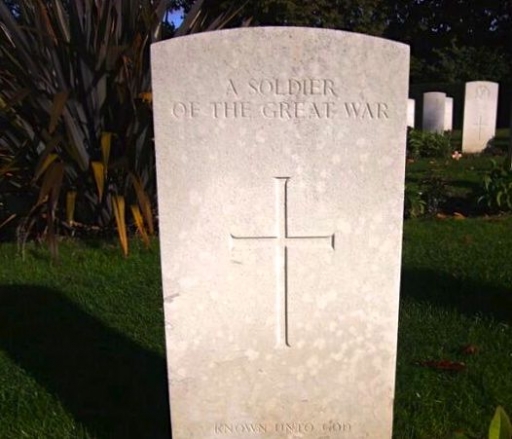British military officials trying to identify a First World War soldier who fell on the battlefields of France want to contact relatives of Edward Norton, a sergeant in the Durham Light Infantry killed in September 1918.
Sgt Norton’s body was never found, but almost 100 years later, the Ministry of Defence says there’s now a ‘very good chance’ of identification.
This follows the discovery of human remains near Gavrelle, a village northeast of Arras where Sgt Norton died. His surviving relatives are being sought for a DNA test. If there’s a match, the family will be invited to attend a full military burial service.
Louise Dorr from the MoD’s Joint Casualty and Compassionate Centre (JCCC) said: “As a result of our extensive research, these remains are very likely to be one of only two missing soldiers, so there should be a very good chance of identifying him. He is to be buried in France on 15 March. Rather than bury him as an unknown soldier, I would love to be able to identify him so that his headstone may bear his name.”
Sergeant Edward Norton was born in the Bedfordshire town of Stotfold in 1881, the son of Augustus and Mary Ann Norton. In 1907, he married Susan Agnes Bushwell and his last known address was in Luton. He served in the Bedfordshire Regiment before transferring to the Durham Light Infantry.
Contact Louis Dorr if you can help trace Edward Norton’s descendants – see the UK Ministry of Defence website for details.
Many thousands of soldiers of the Great War still have no known grave. Efforts to identify discovered remains continue through the respective military authorities of the countries involved in WW1. British and Commonwealth casualties are laid to rest in cemeteries cared for by the Commonwealth War Graves Commission – CWGC.
Source: Ministry of Defence
Images: Centenary News
Posted by: CN Editorial Team
